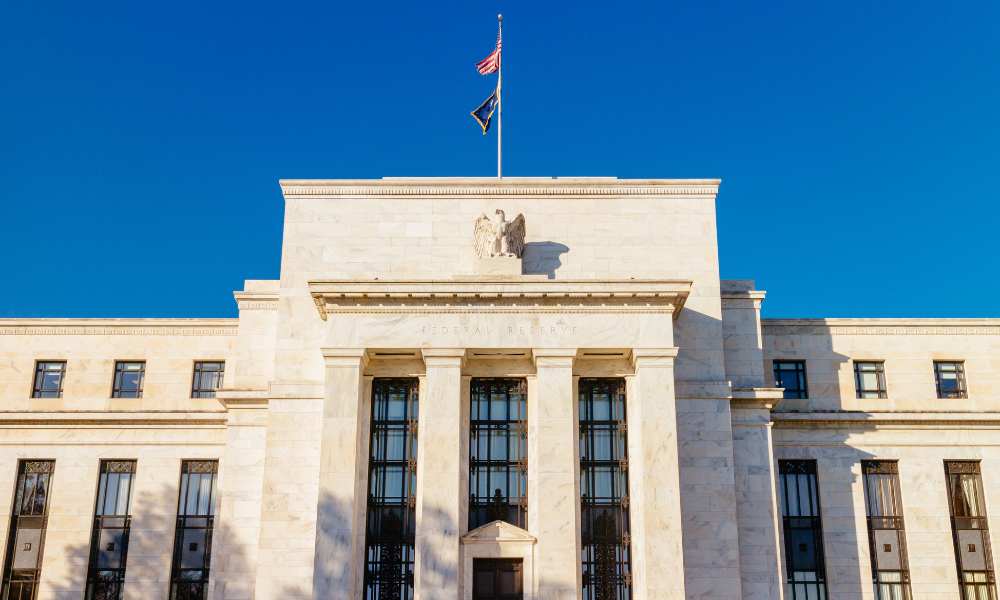
Welcome to the intriguing world of the Federal Reserve, where financial challenges are met with an array of powerful tools.
| Are you a Tax Lawyer in USA? 👉Transform Your Brand: Click for Metamorphosis👈 |
In this blog, we'll explore how the Federal Reserve, often referred to as the Fed, uses its toolbox to fix money problems and keep the economy on track.
Before we dive into the toolbox, let's get to know our financial superheroes a bit better. The Federal Reserve is like the mechanic for the U.S. economy. It ensures that everything runs smoothly, from managing money to keeping prices stable.
Imagine you're building a birdhouse, and you have a trusty toolbox with different tools to help you along the way. Similarly, the Fed has several tools at its disposal to address various money-related issues:
1. Interest Rates:
One of the Fed's most potent tools is its ability to control interest rates. It's like adjusting the speed of a car. When the economy needs a boost, the Fed can lower interest rates. This makes borrowing money cheaper, encouraging people and businesses to spend and invest more. On the flip side, when the economy is growing too fast and inflation is a concern, the Fed can raise interest rates to cool things down.
2. Open Market Operations:
Imagine you have a jar of marbles, and you want to adjust the number of marbles inside. The Fed does something similar with bonds. Through open market operations, it buys or sells government bonds to influence the amount of money in circulation. Buying bonds injects money into the economy, while selling them absorbs money. This tool helps the Fed fine-tune the money supply.
3. Reserve Requirements:
Banks are like your piggy bank, holding onto your allowance. The Fed can change the amount of money banks are required to keep in their reserves. When the Fed lowers these requirements, it frees up more money for banks to lend, promoting economic activity. Conversely, raising reserve requirements can reduce lending and slow down the economy.
4. Forward Guidance:
Sometimes, it's not just about the tools but about sending a clear message. The Fed uses forward guidance to communicate its intentions regarding interest rates and monetary policy. This can influence expectations and behavior in financial markets, affecting borrowing, spending, and investment decisions.
5. Emergency Lending:
During financial crises, the Fed can act as a financial first responder. It provides emergency loans to banks and financial institutions to prevent a complete meltdown of the financial system. This tool was crucial during the 2008 financial crisis.
You might be wondering why all of this matters. Well, the Fed's toolbox affects everyone, including you and your family. When the Fed makes the right decisions, it helps keep the economy stable. This means your parents can find jobs, prices for your favorite snacks don't skyrocket, and your allowance can buy what you need.
The Federal Reserve, armed with its toolbox of monetary policy tools, plays a critical role in managing the economy and fixing money-related problems.
Next time you hear about the Fed, you'll know they are the skilled mechanics ensuring our economic engine runs smoothly and efficiently.